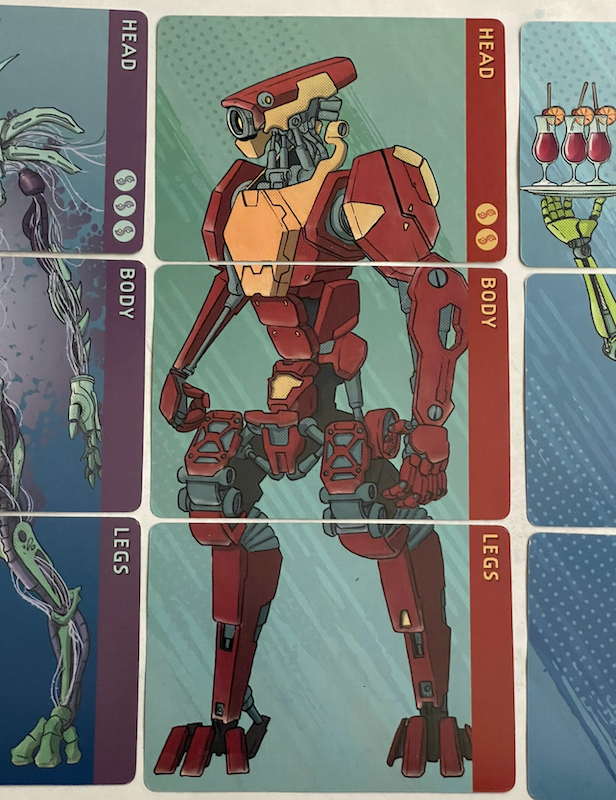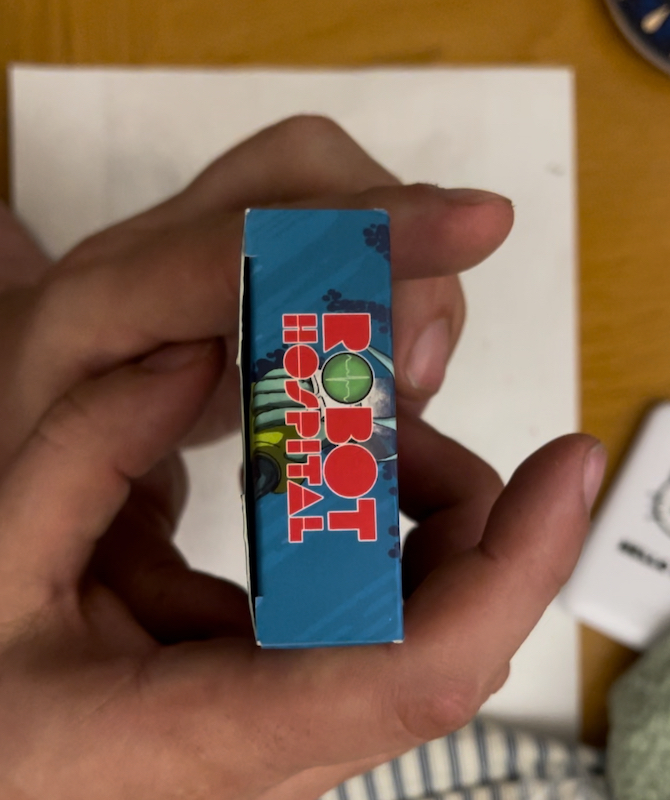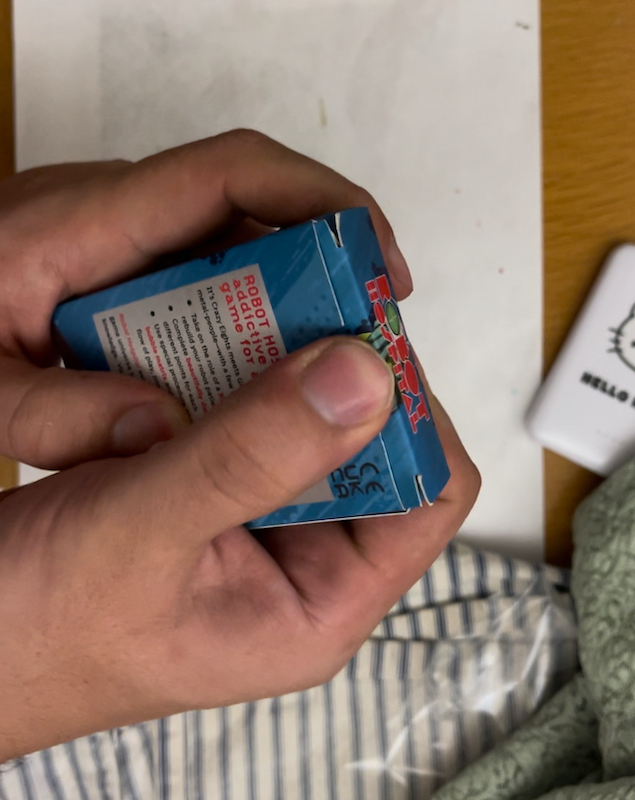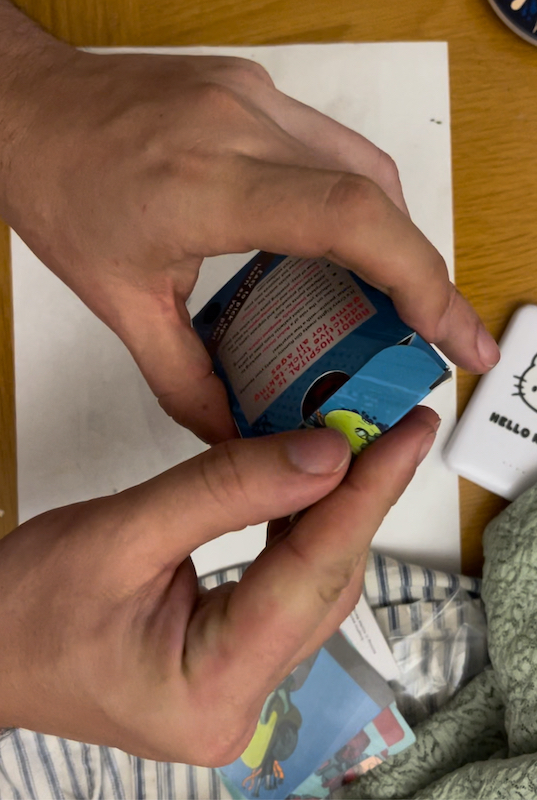Proofs
The proofs arrived!

I had the honor of receiving the first set of proofs to review them before we approve manufacturing.
This was almost as mindblowing as the first time I opened a box of books of The Rain Thieves (the book I published through Stillfleet Studio, last year). The rest of the team had prior commitments, so I got to be the lucky person!
The purpose of proofs, if you didn’t know, is to look over the product, printed one-off, to review it for any printing issues, before it is then mass-produced. Typically this is issues like color, missing fonts, mis-layering, etc. There was actually a legitimate problem with one of the pages in the instructions (a bottom layer had been moved to the top, somehow).
Something that has been an important factor for me, in the development and design of this game, is the player experience – when the player interacts with the game, what is the experience like that, overall - not just in the game itself, but everything.
When our layout designer, Kae, was doing the layout for the box, I had asked for the flap part to feature a cut-out of the card Poach; the illustration shows a hand grasping and lifting a defunct robot “head”. I thought it would be neat if the flap’s movement when opening the tuckbox mirrored the motion of lifting that head. (I think it’s neat at least).
Fixed width
There were two minor issues that I found. Three if you count the instructions printing error, but that seemed more…apparent? The issues that I found felt more subjective, and related to the player experience idea. I think one of them (card material) may have just been me being neurotic and tired; it was late in the evening when I was doing the last minute review of these. My son said he had gotten up to go to the bathroom and saw me literally weighing cards on a trade scale. This may have happened.
The issue that I did end up escalating was this:

See how the box bows out slightly? On its own, this isn’t a huge deal, but…

Opening the box was difficult to do. There are too many cards packed into the box. The lack of “give” in the flap, as well as the matte finish of the material, made it difficult to get enough friction to push the tuckflap open, like you might expect. I compared with some other tuckboxes that I had, to feel the difference.
Closing the box was similarly difficult.

This isn’t a dealbreaker, but the point of proofing the product is to find stuff like this, I think. Opening and closing the box to the game should be a transparent experience: you shouldn’t even notice you’re doing it. I really didn’t want people’s first experience with this game to begin with frustration. The landscape of games, especially card games, is VAST, so I wanted this to be smooth.
I did some experiments to figure out what was going on. The box contents are 63 poker-sized cards and a short instruction booklet, similarly sized. I started removing box contents until the box felt like it opened and closed as I would expect it. A long time ago I played Magic: the Gathering, which had 60 card decks. Other games have also used 60 cards for products.
Robot Hospital uses 63. It’s the right number we landed on through playtesting. I didn’t want to change this.
On a hunch I removed the instruction booklet and 3 cards – only 60 cards remained.
The box worked fine!
What I think happened is that an existing 60-card deck was used without considering how that 1.5mm (I measured it) might affect the box’s ability to be opened smoothly.
After some team discussion, and then a few emails exchanged with the manufacturers, we managed to get a tweaked redesign of the box, which was adjusted to be 1.5mm thicker. We’re not doing proofs of this one; I trust math, and everything else was fine.
It was a bit scary to raise this. I want the product to be good. I want people to enjoy playing it. I want them to not feel frustrated when opening it. I’m glad I pushed for the change, and I’m glad that it was able to be made without delaying any production further.